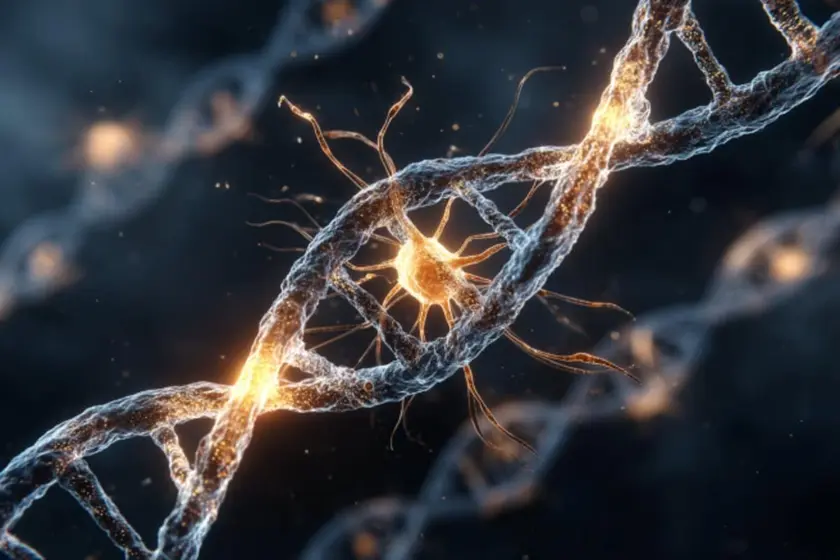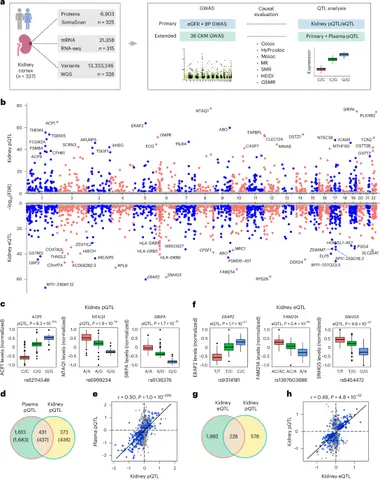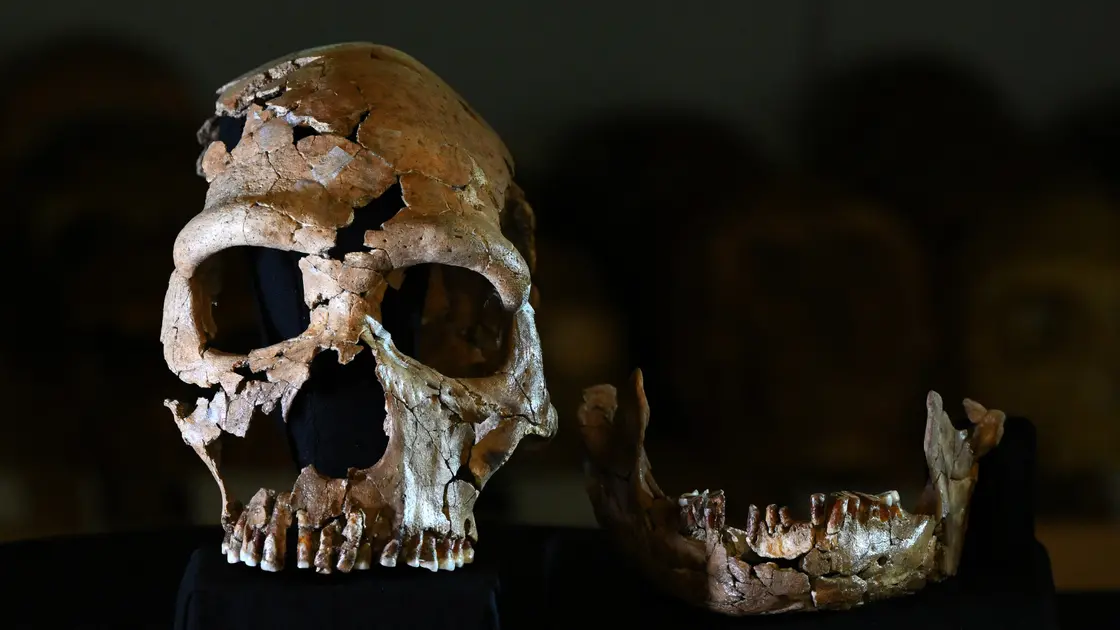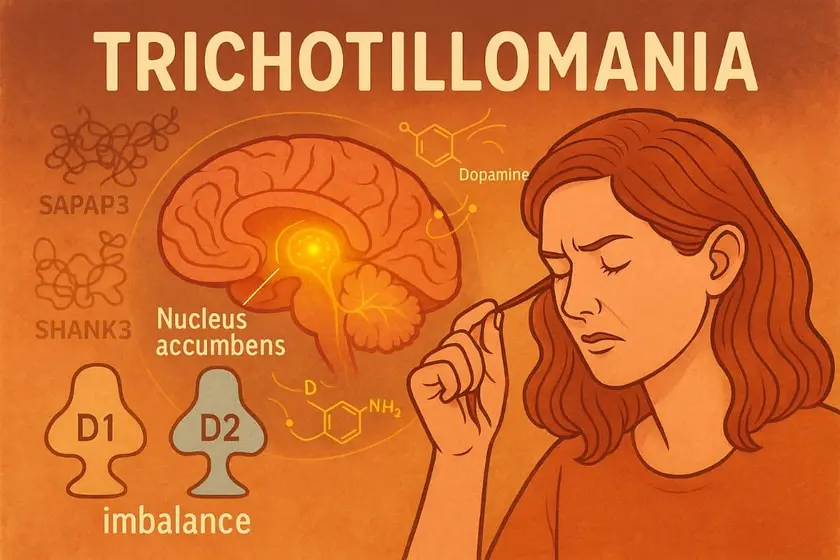T4K3.news
HAR123 linked to human brain traits
UCSD researchers identify HAR123 as a neural enhancer that differs from chimpanzees, potentially shaping cognitive flexibility.

A regulatory DNA element HAR123 may help explain what makes the human brain distinct.
Genetic Switch May Be Key to Human Brain's Unique Abilities
Researchers at UC San Diego School of Medicine report that HAR123, a human accelerated region in the 17p13.3 area, functions as a neural enhancer that shapes the formation of neural progenitor cells and the neuron to glia ratio. The human version of HAR123 differs from the chimpanzee version in the genes it regulates, suggesting a regulatory route to brain evolution. The findings come from experiments in human stem cells and neuron precursors and point to a molecular mechanism that could contribute to human-specific neural traits.
The study also links HAR123 to cognitive flexibility, the ability to unlearn and adapt to new information, and notes potential connections to neurodevelopmental disorders such as autism. While these results illuminate a possible genetic pathway behind brain differences, the researchers caution that much work remains to confirm effects in living brains and to understand how HAR123 acts in vivo.
Key Takeaways
"HAR123 promotes the development of neural progenitor cells."
Direct function of HAR123 as described in the study
"The human HAR123 ortholog uniquely regulates many genes involved in neural differentiation."
Key finding on human specific effects
"HAR123-knockout mice show a defect in cognitive flexibility."
Experimental result tying HAR123 to behavior
"This work helps explain how regulatory DNA contributes to what makes the human brain different."
Editorial takeaway from the study
The work highlights how small stretches of non coding DNA can steer big brain traits, shifting attention from genes to when and where they are turned on. It underscores a growing trend in neuroscience: regulatory elements may drive much of what makes human cognition unique.
Yet the claims are early. In vitro results do not guarantee the same outcomes in a living brain, and many genes interact in complex networks. Communicating these findings responsibly is essential to prevent over interpretation or misperceptions about human differences and neurodevelopmental disorders.
Highlights
- Small DNA switches can steer big brain changes
- The human version of HAR123 may guide neural differentiation
- Cognitive flexibility could hinge on a tiny enhancer
- In science, clues from cells need living proof
Ethical and public reaction risks around HAR123 findings
The study touches on human brain evolution and links to autism. Misinterpretation could fuel debates about human uniqueness or the idea of selecting for certain cognitive traits. In vitro results may not translate to living brains, and there is a need for careful communication to avoid stigma around neurodevelopmental disorders.
As science moves from genes to regulatory switches, our understanding of the brain will keep evolving.
Enjoyed this? Let your friends know!
Related News

Kidney Proteomics Maps New Targets for CKM health

Study reveals human DNA linked to hibernation

Survivor speaks out on trafficking and neurodiversity

Cuttlefish Demonstrate Self Control in Delayed Gratification Test

ADHD studies show wide impact

Research links Neanderthal genes to brain condition

Dopamine imbalance linked to hair-pulling in mice

New findings reveal connections between humans and Neanderthals
